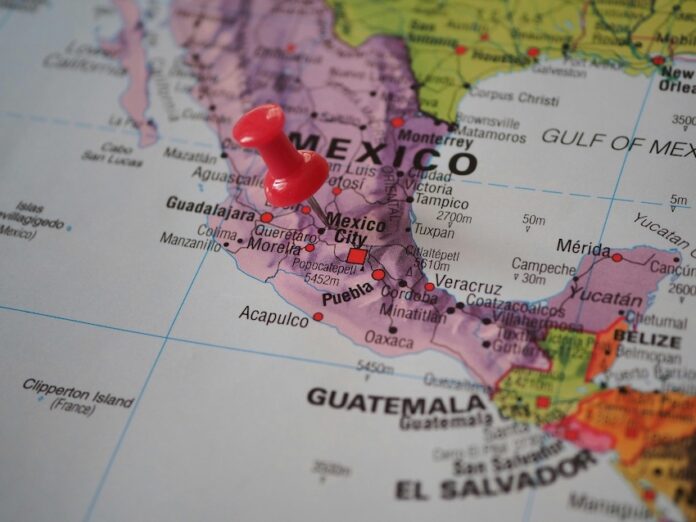From ancient cultures and Spanish cities to heroes of the Reform, to understand the names of Mexico’s states is to understand the country’s history.
The Northwest
Baja California and Baja California Sur

Imagine if, having stumbled across an undiscovered continent today, an explorer were to name the new landmass Middle-Earth, or Westeros or Narnia. That’s basically what California is: it’s the name of a fantasy island from a 16th-century Spanish romance narrative called “Amadis of Gaul,” which in the story is ruled by a warrior queen named Calafia.
These kinds of narratives were hugely popular with the conquistadors, who often understood what they saw in the New World through the romances they knew from home. When they came across the peninsula, they thought it was an island and named it for Calafia’s. That’s right: California was named by poetry nerds.
Sonora
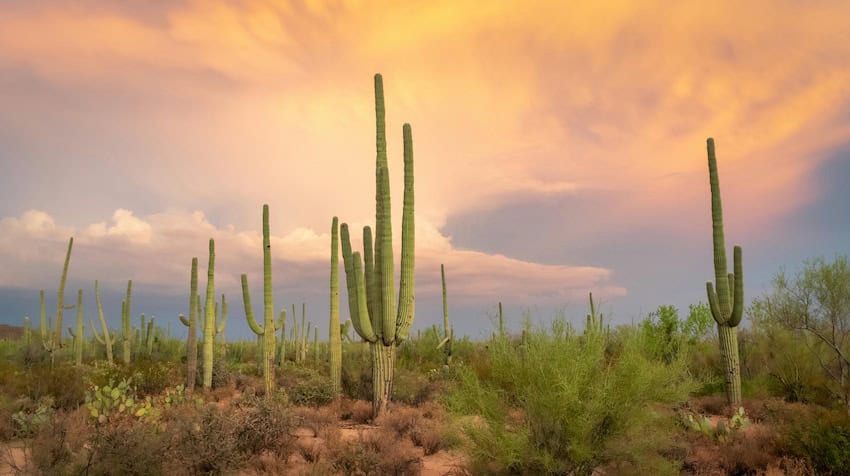
Most explanations of Sonora’s name point to some interaction between Spanish colonizers and local Indigenous peoples. One line maintains that Sonora is a deformation of the Spanish “Señora” produced by Opata people who had trouble pronouncing the eñe sound they heard from conquistadors speaking about Nuestra Señora (Our Lady), as the many titles of Mary start in Spanish. Another account has the adaptation running the other way, with Sonora being a Spanish deformation of an Opata word meaning “in the corn” or a Tohono O’odham word meaning “place of plants,” a possible reference to the materials these peoples used to build their houses.
Sinaloa

Today, Sinaloa is known for its tomato production, which accounts for a fifth of all tomatoes produced in Mexico. Coincidentally, the state takes its name from another fruit full of seeds: the pitahaya, cousin to the dragonfruit. The Indigenous inhabitants of Sinaloa were historically Cahita-speaking peoples like the Yoemem (Yaqui) and Yoremem (Mayo). In the Cahita language, “sina” is pitahaya and “lobola” is “rounded,” combined to make “sinalobola,” or “round pitahaya.” The name was given to one of the area’s many rivers and eventually to a province of New Spain.
Durango
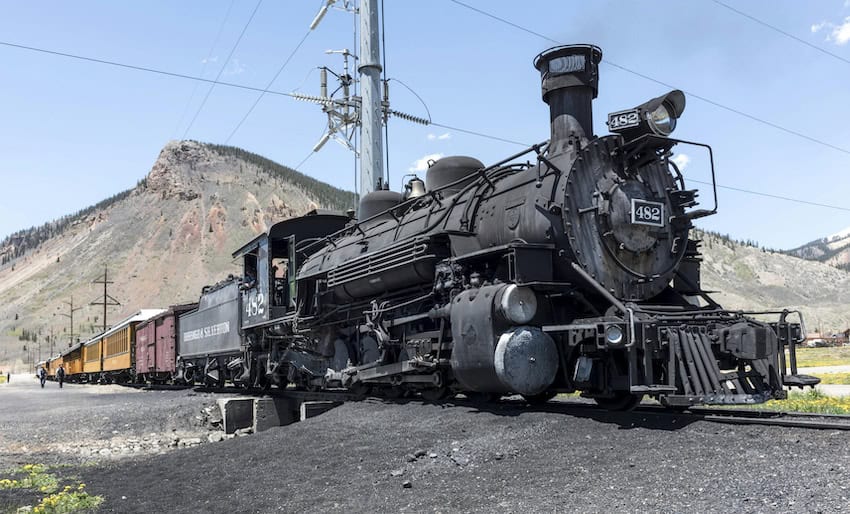
The Free and Sovereign State of Durango takes its name from the state’s capital, which itself is named after the city of Durango in Spain. Francisco de Ibarra, the conquistador who founded the city in 1563, was a native of the original Durango, located in the province of Biscay, in the Basque country. During the colonial period, the area that is now Durango made up part of the province of New Biscay.
Chihuahua
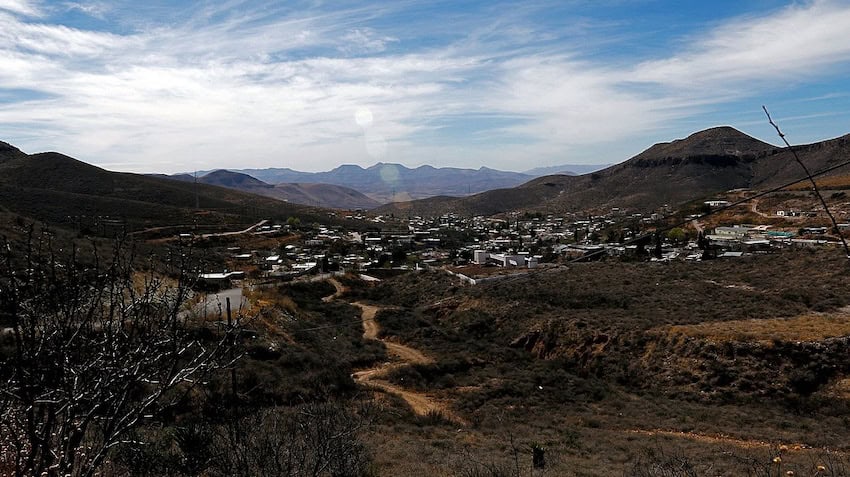
CC BY-SA 4.0)
Which came first? Not the dog. The name of Mexico’s largest state by area may come from a Nahuatl term meaning “dry” or “sandy,” which was used to name the mining town of Santa Eulalia, one of Chihuahua’s oldest European settlements. Real de San Francisco de Cuellar, present-day Chihuahua city, was founded in 1709 to replace the remote Santa Eulalia as head of its mining district. In 1718, it was elevated to the status of Villa and renamed San Felipe el Real de Chihuahua.
The Northeast
Coahuila
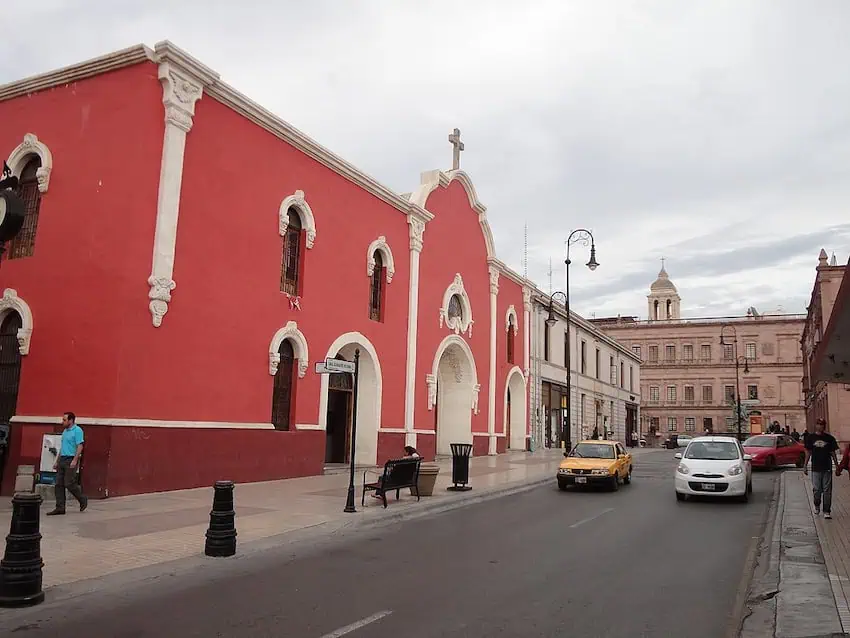
Coahuila’s name probably comes from a Nahuatl phrase meaning “place where trees abound.” If that surprises you given the state’s mostly arid geography, it’s worth noting that the name originally referred to the area around the former state capital of Monclova, a green spot watered by the Monclova River— this lush setting actually appears on the state’s seal. Whether the first Coahuiltecans were Nahuatl speakers or the place was named by Nahuas from somewhere else is up for debate.
Coahuila’s official name is Coahuila de Zaragoza, honoring Ignacio Zaragoza, the Liberal leader best known for leading the stunning victory over the French troops at the Battle of Puebla in 1862, commemorated every year as Cinco de Mayo.
Nuevo León
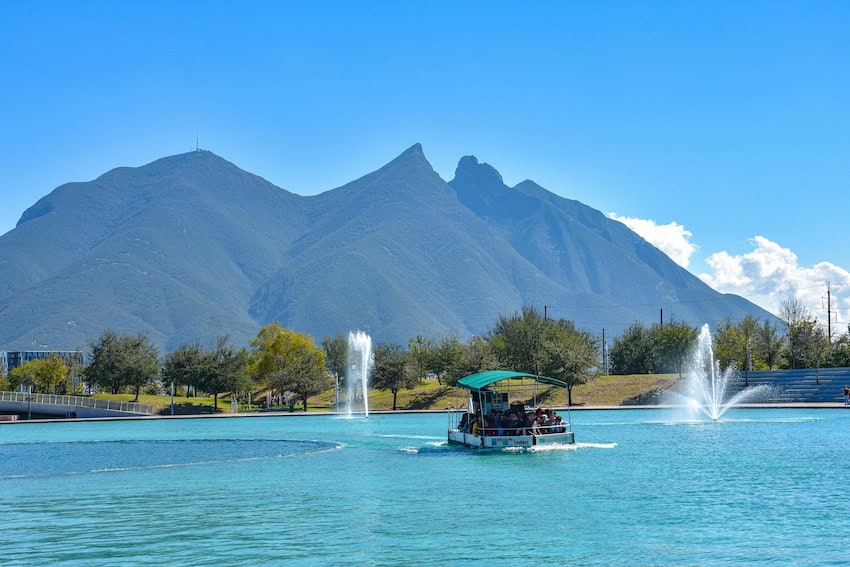
The English weren’t the only Europeans imaginatively naming their American colonies after places in the old country, and New Spain — present-day Mexico — was dotted with News: New Navarre, New Santander, New Biscay and even New Mexico. The New Kingdom of León was founded by Spanish and Portuguese settlers in 1582 in honor of this former Spanish kingdom.
Tamaulipas
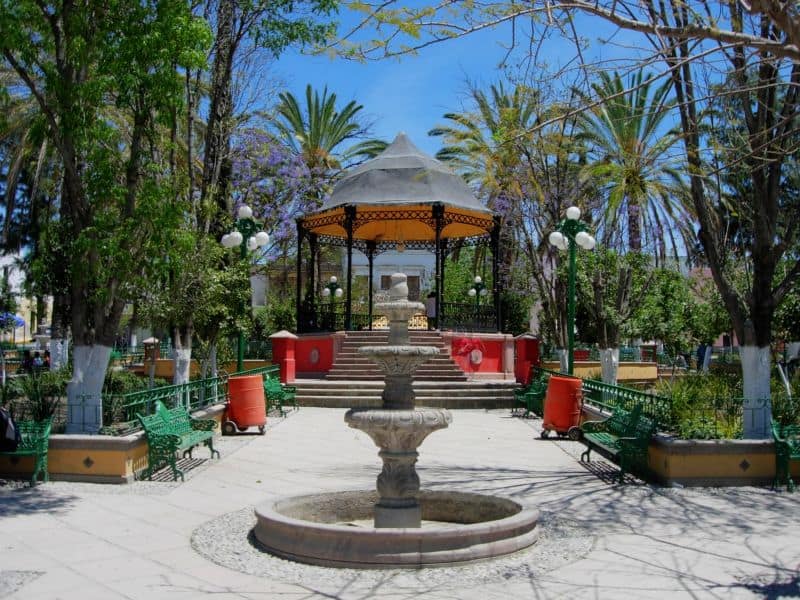
The name Tamaulipas comes from the language of the Tenek (Huastec) people. Depending on how you parse it, Tamaulipas either means “place of tall mountains” or “where they pray a lot.” The latter interpretation may be backed up by the fact that in the colonial period, the Spanish referred to one of the region’s Indigenous groups as the Santos (saints), a possible translation of the Tenek word “holipa” and a reflection of the area’s religious atmosphere.
The Bajío region
Zacatecas
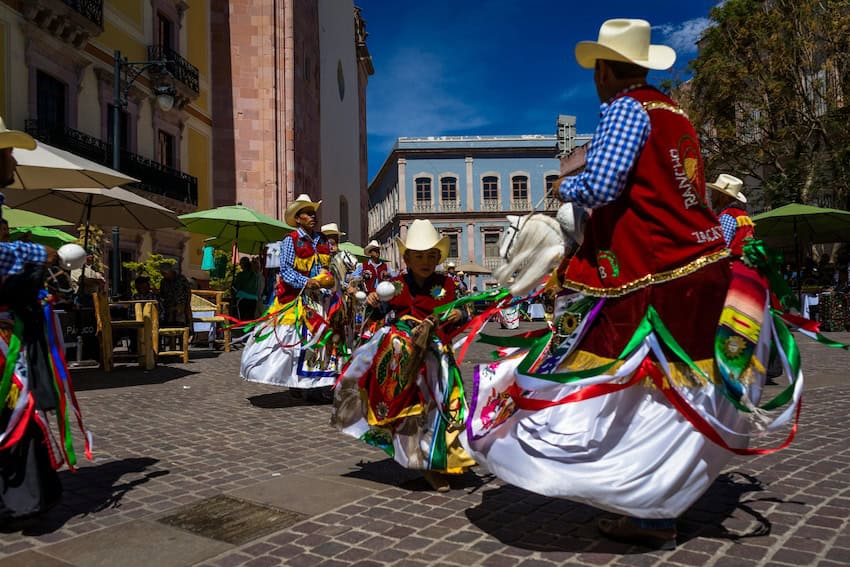
Puebla has Zacatlán, Tlaxcala has Zacatelco and there’s even a Zacatecoluta as far away as El Salvador. What’s with all the Zacat-places? “Zacatl” is the Nahuatl word for grass, and gives us the Mexican Spanish word “zacate.” The Nahuatl suffix “-teca” denotes someone from a given place, so Zacatecas is usually taken to mean “people from the place where grass abounds,” which makes sense given the area’s large grasslands, home to species like the golden eagle. The state takes its name from Zacatecas city, founded in 1546.
San Luis Potosí
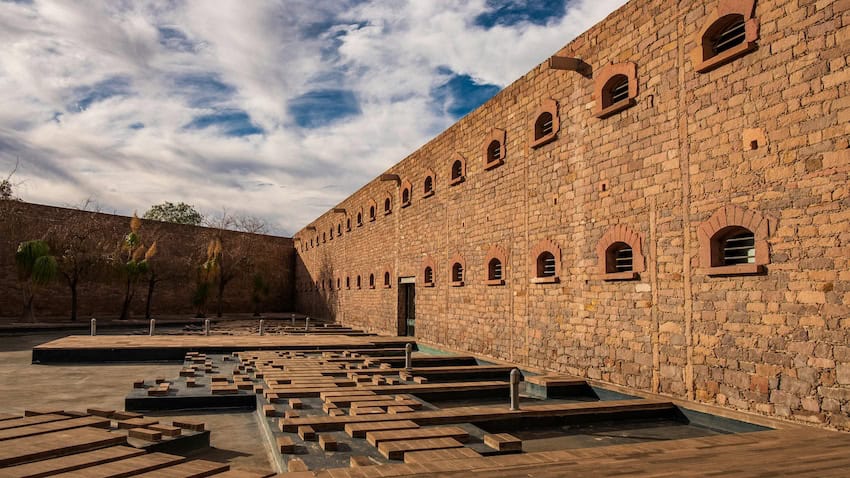
San Luis Potosí’s name is a mashup. The San Luis part honors Louis IX of France — the same St. Louis who gives his name to the city in the United States. Potosí comes from another Spanish colonial holding: the mines of Potosí, in what is now Bolivia but was then the Viceroyalty of Peru. In the 1540s, the Spanish discovered the single richest source of silver in human history there, creating an industry that would lead to the deaths of untold numbers of enslaved Indigenous people who mined and refined the precious metal.
The Spanish expression “worth a Potosí” or “worth a Peru,” meaning something of tremendous value, comes from this history. When San Luis was founded in November 1592 in order to better exploit rich mineral deposits discovered in the area earlier that year, the name Potosí was chosen in the hopes that the new mines would yield as much as their South American namesake.
Aguascalientes
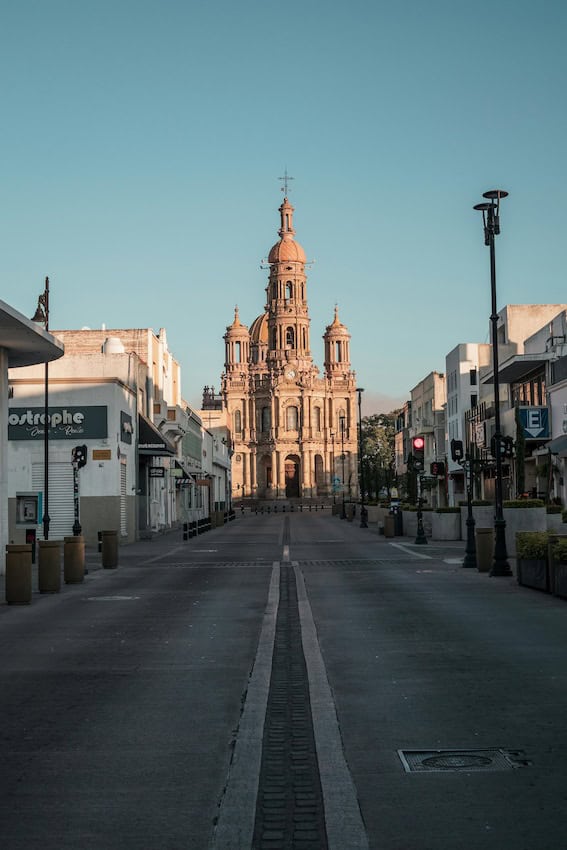
Finally, an etymology that’s not in question. Aguascalientes is named for the natural hot springs that surround the state’s capital, founded in 1575 as Nuestra Señora de la Asunción de las Aguas Calientes, a stop on the Royal Inland Road. Used since prehistoric times for their medicinal properties, these springs became the common property of the city’s residents in the colonial period and a cutting-edge system of public baths and laundries in the 19th century. Locals and visitors continue to enjoy Aguascalientes’ hot springs today.
Jalisco
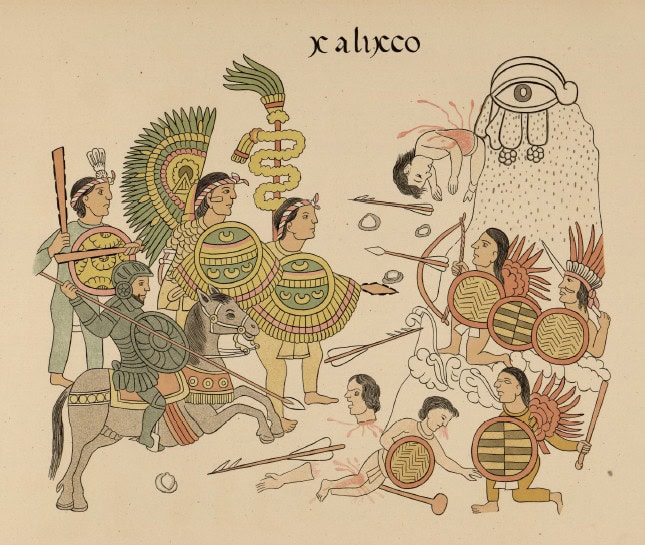
At the time of the Spanish invasion, the kingdom of Xalisco was an important power on the Pacific coast, in what is now the state of Nayarit, where its namesake city still exists. The two states were historically a single territory, which is how the smaller region gave its name to the larger one. About 12 miles from the coast, the city’s name is said to derive from a Nahuatl term meaning “on sandy ground.”
Guanajuato
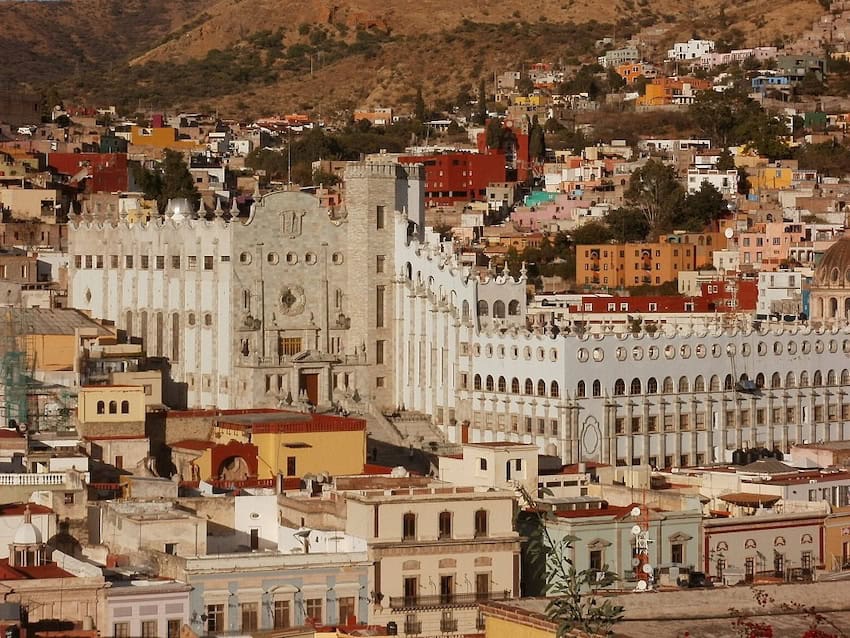
Another state named for its capital city, Guanajuato comes from a Purépecha term often translated as “hill of frogs” or “where frogs abound.” But why? While there are frogs in Guanajuato city, they’re not well-represented enough among the area’s fauna to name the whole region for. The answer might be found in the city’s geography. Seen from afar, the grey-green hills of La Bufa and Los Picachos, which lie south of the city, look like nothing so much as the body and eyes of a giant frog. Check out the resemblance for yourself when you’re in town.
Michoacán
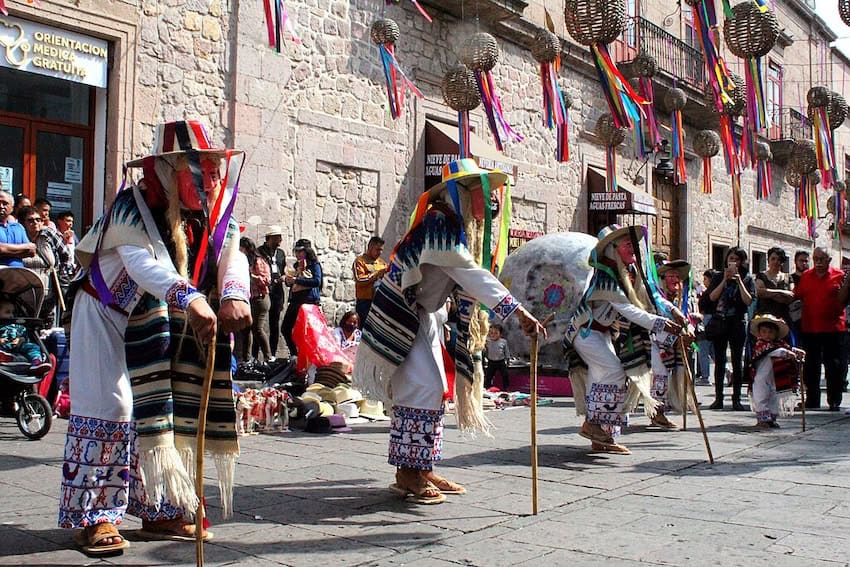
There are two main theories as to what Michoacán’s name means, and both have to do with water. The first is that the word comes from the Nahuatl word “michin,” meaning fish, and the suffix “-can,” which denotes a place. Michoacán, then, would mean either “where fish abound” or “place of the fishermen,” and anyone who’s ever chowed down on french fry-like charalitos caught in the butterfly nets of Lake Pátzcuaro can tell you that the state has plenty of both.
The second theory is that Michoacán comes from “Michmacuán,” a Purepecha phrase meaning “next to the water.” The Purépecha Empire was the second great power in Mesoamerica after the Mexica Empire at the time of European invasion, and seeing as their major cities were centered around Michoacán’s highland lakes, this explanation seems just as convincing.
The state’s official name, Michoacán de Ocampo, honors Melchor Ocampo, the 19th-century radical liberal born in the municipality of Maravatío. A leader in the republican fight against the Second Mexican Empire, Ocampo was captured and executed by imperialists in 1861. Two weeks after his death, the state’s governor decreed that Michoacán would henceforth be known as Michoacán de Ocampo in honor of its slain son.
